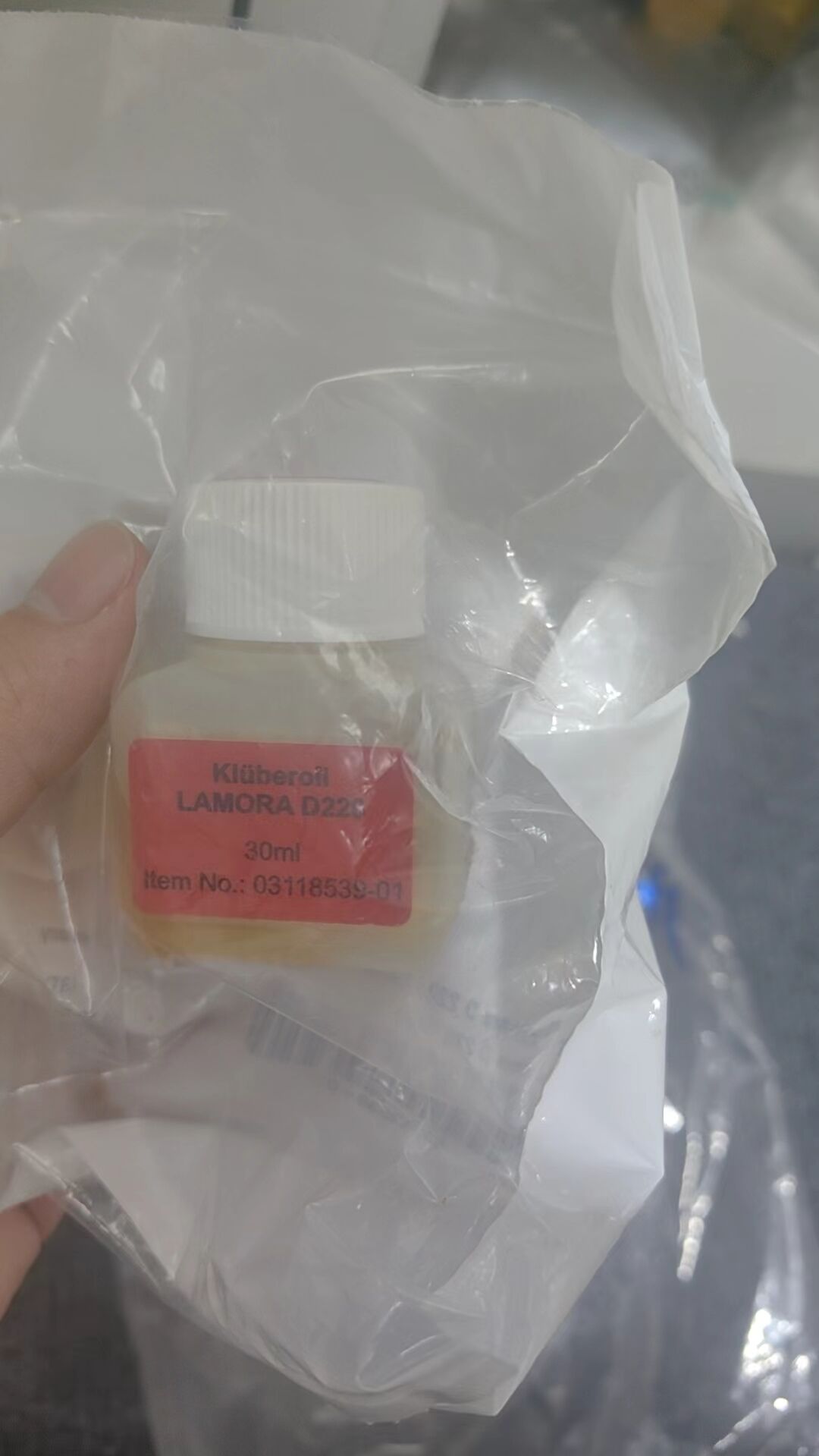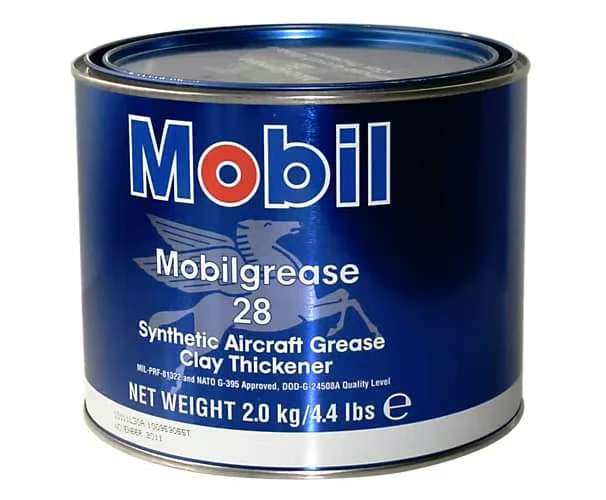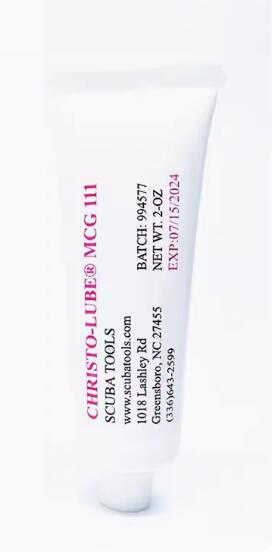Advantages and Disadvantages Of Well-known Agrochemicals
When a farmer is faced with a problem affecting his crop, he must first identify the source. Manual or machine-assisted weeding can solve some problems. Other problems may require the use of agrochemicals. Many global farmers rely on the different types of agrochemicals on the market.
Insecticides
Insecticides are common type of agrochemical used which are applied in a variety of ways, from sprays to slow-release diffusion. Their purpose is to target destructive insects and either kill them or otherwise force them away from crops. Organophosphates are one type of insecticide that interferes with the transmission of nerve impulses in insects. These cause insects to convulse or even become paralyzed. Pyrethroids are another type that has similar results. These include some of the most toxic insecticides, however. Insect growth regulators are a safer type of insecticide.
Herbicides
An herbicide is popularly used agrochemical that is meant to kill weeds that pose a danger to farming crops. There are three types of herbicides: pre-plant, pre-emergence and post-emergence. These are all terms related to when the herbicide should be applied, either before a crop is planted, before it sprouts or after it has grown. Variables that affect what type to use include the type of crop it is applied to, the species of weed that is targeted, soil type, climate conditions and the chemical nature of the particular herbicide. Glyphosate, a type of pre-plant herbicide, is good for killing weeds in bare fields. These herbicides typically kill all plants, though, not just weeds. Butachlor is a type of pre-emergence herbicide. These should be chosen so that they don't affect the crop in question and are typically applied to the soil surface. Post-emergence herbicide, like 2,4-D, should be applied directly to weeds.
Advantages
The primary reason that farmers and gardeners use chemicals is to grow bigger fruits, bigger vegetables or brighter flower blooms. Fertilizing agrochemicals such as (C6H11N, also called as Di-2-propenylamine) inject much needed nutrient chemicals, such as nitrogren or potassium, directly into the soil to help plants grow. Different types of herbicides kill unnecessary weeds, allowing only the plant of choice to grow without competition for food.
Disadvantages
Nitrogen is often regarded as a highly effective and cheap fertilizer. However, repeated use of the chemical can cause an imbalance in the pH of the soil, eventually rendering it useless for growth of any kind. Many agrochemicals are highly dangerous to humans and animals in their concentrated forms. For example, ammonia in low concentrations is generally harmless to humans, but high concentrations of the gaseous fertilizer anhydrous ammonia can drift over long distances and prove fatal to human.
Send product request
Other supplier products
| Ethylene And Ethylene Derivatives | Ethylene is a gas that is one of the most basic types of hydrocarbons. Its simple structure consists of two carbon molecules bonded with four hydro... | |
| How To Clean Copper? | Copper may be tough, but it's also temperamental and changeable. It is an active metal that oxidizes quickly. This oxidation causes a bright new co... | |
| Tetrahydrofuran Description | Tetrahydrofuran, or THF is a colorless, volatile cycloaliphatic ether with an odor characteristic of acetone. It is chemically neutral, highly pola... | |
| The Contract Price Of TiO2 Of North America Remains Unchanged | It is reported that, news sources has confirmed on Tuesday, the contract price of titanium dioxide (TiO2) of North America in these three quarters ... | |
| The Sparkle Of Chrome Green Tourmaline | Chrome is a special variety of green tourmaline that owes its vivid green hue to trace amounts of chromium and vanadium. It should not be surprisin... |
Same products
| Kluberoil Lamora D 220 30ml Original Oil | Seller: Guangdong Juguangheng Automation Equipment Co.,Ltd. | Our oils offer excellent lubricity also at low sliding speeds, enabling constant and precise feed... | |
| LUBE SH-ONE-4S 400G for Fanuc Machines | Seller: Guangdong Juguangheng Automation Equipment Co.,Ltd. | Lubecorp part number 249250 is a 400ml bellows style cartridge often times used in autolube appli... | |
| Mobil Grease 28 Synthetic Aviation Grease | Seller: Guangdong Juguangheng Automation Equipment Co.,Ltd. | Mobil grease 28is a high performance, antiwear grease. Available as a cartridge,2kgcan, 16kg pail... | |
| Kluber Isoflex Topas NCA 5051 50ml Original Lubricants | Seller: Guangdong Juguangheng Automation Equipment Co.,Ltd. | ISOFLEX TOPAS NCA 5051is a beige synthetic long homogeneous and short fiber. It consists of a syn... | |
| CHRISTO-LUBE MCG 111 2-OZ Valve Seal Grease | Seller: Guangdong Juguangheng Automation Equipment Co.,Ltd. | Christo-Lube®MCG 111is a fully fluorinated grease thickened with PTFE which operates under ex... |
















